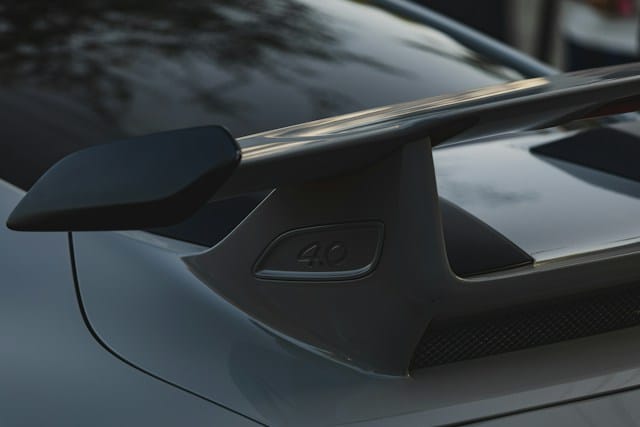Understanding the Basics of Car Aerodynamics
 Car aerodynamics is an essential aspect of automotive design that influences a vehicle’s efficiency, speed, and stability. It refers to how air moves around a car as it drives. Understanding the basics of aerodynamics can provide insights into how your vehicle performs and why certain design elements are crucial for modern cars.
Car aerodynamics is an essential aspect of automotive design that influences a vehicle’s efficiency, speed, and stability. It refers to how air moves around a car as it drives. Understanding the basics of aerodynamics can provide insights into how your vehicle performs and why certain design elements are crucial for modern cars.
The Role of Aerodynamics in Car Design
Aerodynamics plays a pivotal role in determining a vehicle’s performance. Good aerodynamic design reduces air resistance or drag, which can significantly impact fuel efficiency. Lower drag means the engine does not have to work as hard, leading to better fuel economy. Additionally, aerodynamics affects a car’s handling and stability, especially at high speeds.
Understanding Drag and Lift
Drag
Drag is the force that opposes a car’s movement through the air. It is primarily caused by air resistance and is a key factor that designers aim to minimize. Reducing drag can be achieved through streamlined shapes, smooth surfaces, and sometimes, specific features like spoilers.
Lift
Lift is another aerodynamic force, acting perpendicular to the direction of motion. It can reduce the contact between the car and the road, negatively impacting handling and stability. Designers work to minimize lift, especially in high-performance vehicles, to maintain better control at high speeds.
Impact of Car Shape and Design
The shape of a car significantly influences its aerodynamic properties. Sleek, rounded designs tend to have lower drag coefficients than boxy or angular designs. Features like curved roofs, tapered rears, and low profiles are not just aesthetic choices but are made to enhance aerodynamic efficiency.
Aerodynamic Features in Car Design
Spoilers and Diffusers
Spoilers and diffusers are designed to manage airflow and reduce lift. They are common in sports cars but are increasingly found in regular passenger vehicles to enhance stability and efficiency.
Grills and Vents
Grills and vents play a crucial role in managing airflow to cool the engine and brakes. However, they can also increase drag, so balancing cooling needs with aerodynamic efficiency is key.
Underbody Design
The underbody of a car can significantly affect its aerodynamic performance. Flat underbodies and panels can help smooth airflow and reduce turbulence, leading to better aerodynamics.
Aerodynamics and Fuel Efficiency
Improved aerodynamics leads to better fuel efficiency. By reducing the amount of energy needed to overcome air resistance, cars can travel further on the same amount of fuel. This is particularly important for electric vehicles, where maximizing range is a key concern.
Aerodynamics in Everyday Vehicles
While the principles of aerodynamics are most prominently discussed in the context of sports and racing cars, they are equally important in everyday vehicles. Car manufacturers invest in wind tunnel testing and computational fluid dynamics to optimize the aerodynamic properties of all types of cars.
Conclusion
Understanding car aerodynamics offers valuable insights into how vehicle design impacts performance, efficiency, and stability. From the shape of the body to the inclusion of specific features like spoilers and underbody panels, every aspect of a car’s design contributes to its aerodynamic properties. As automotive technology advances, the role of aerodynamics in enhancing the driving experience and reducing environmental impact continues to grow.
